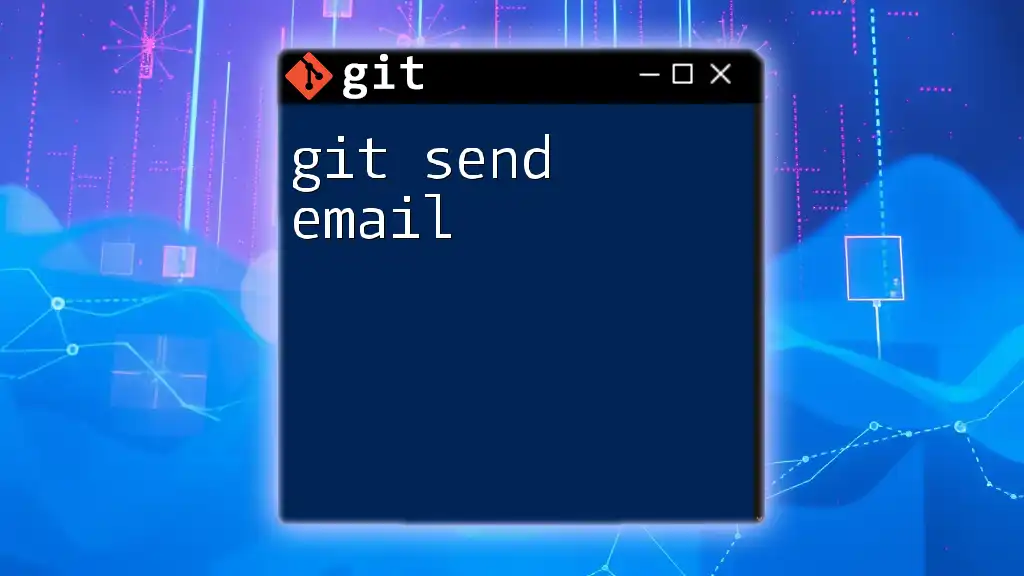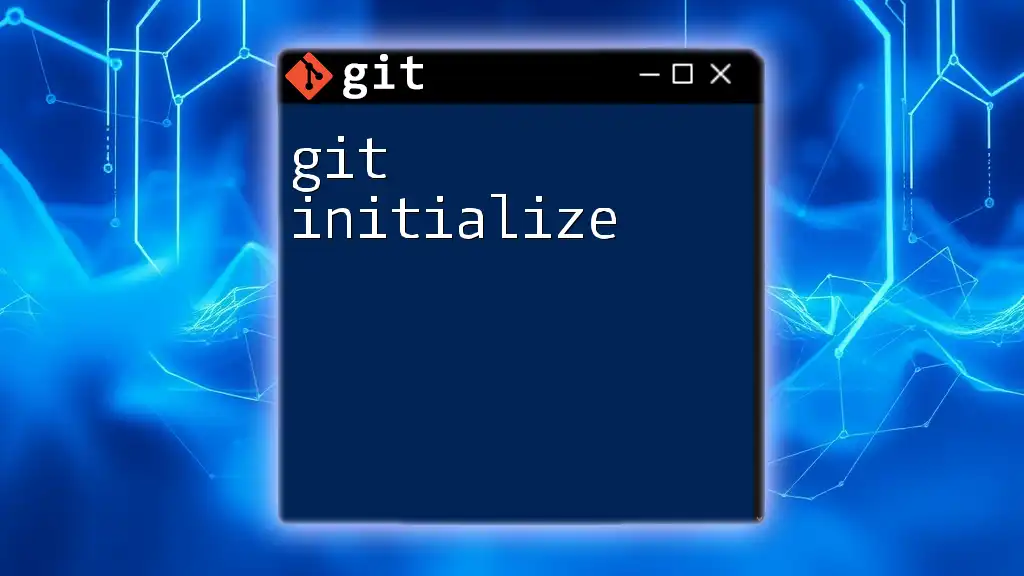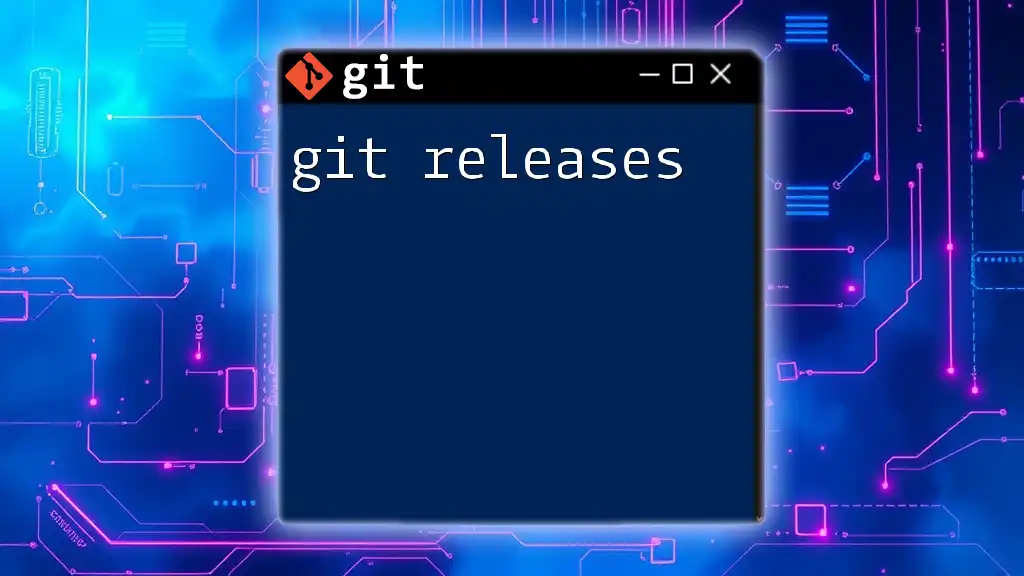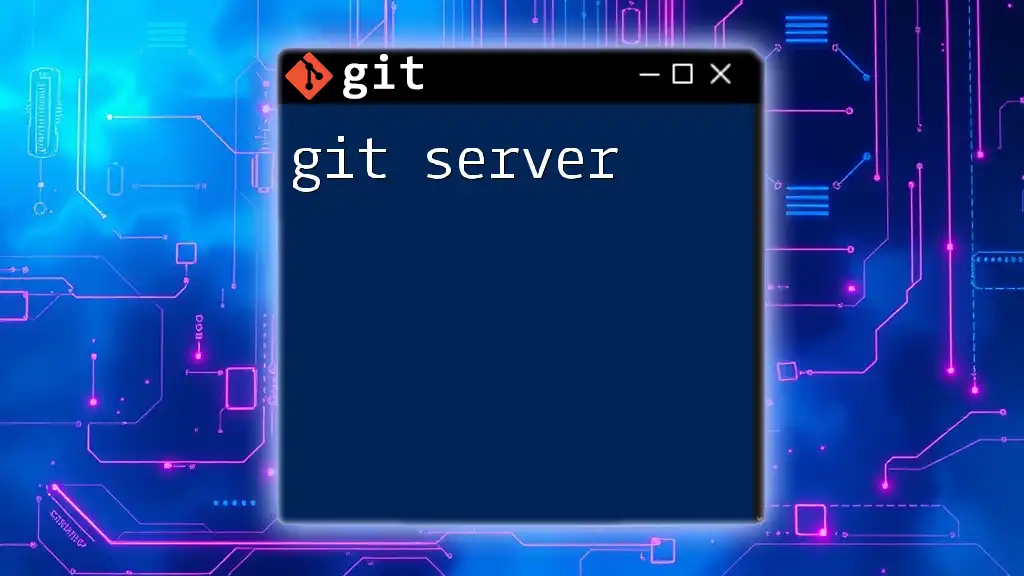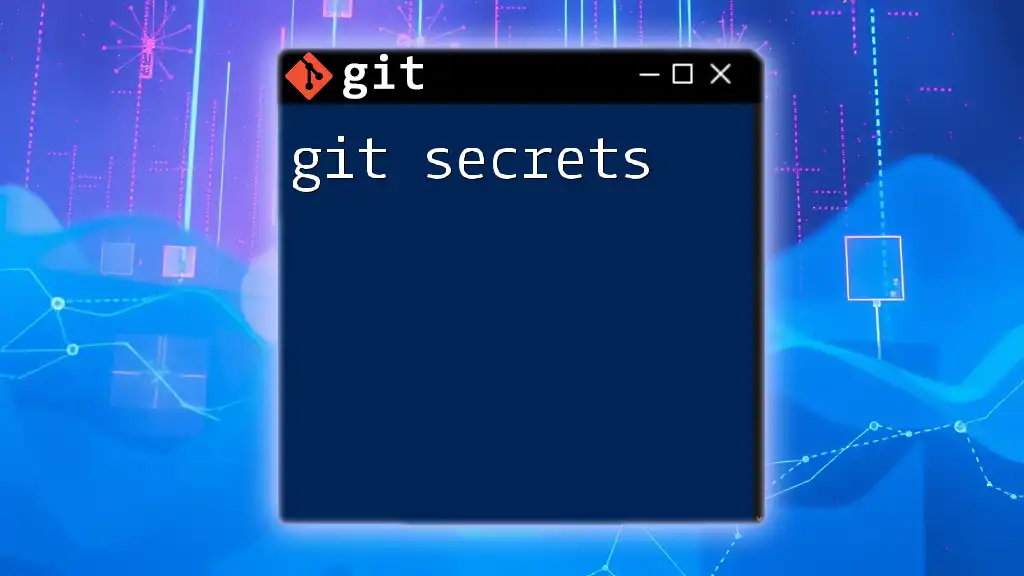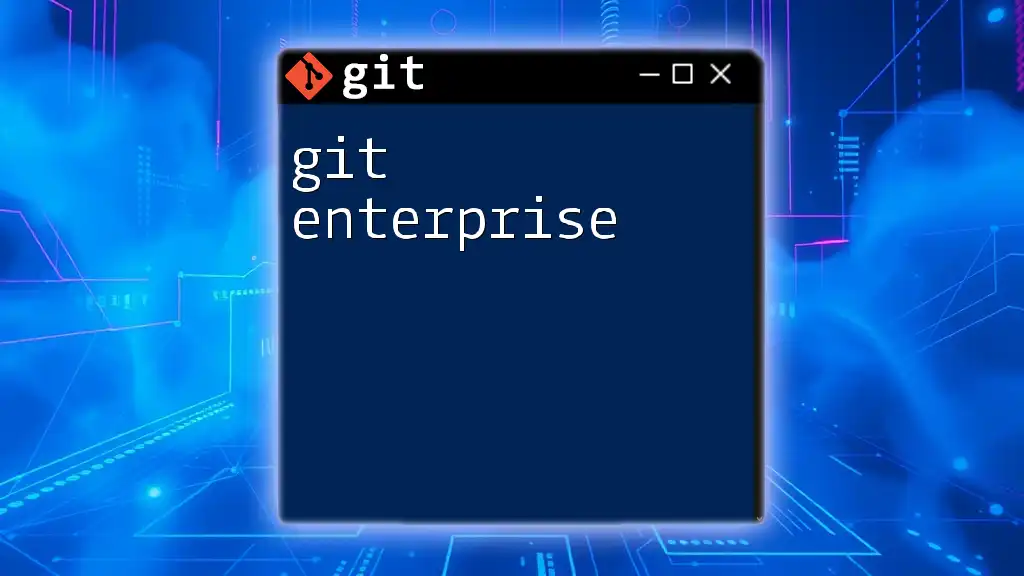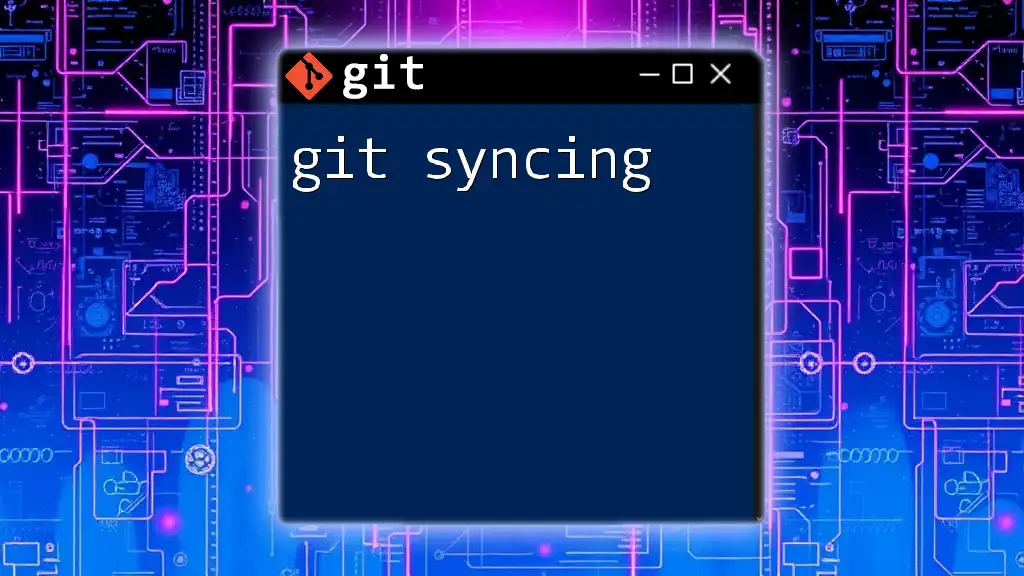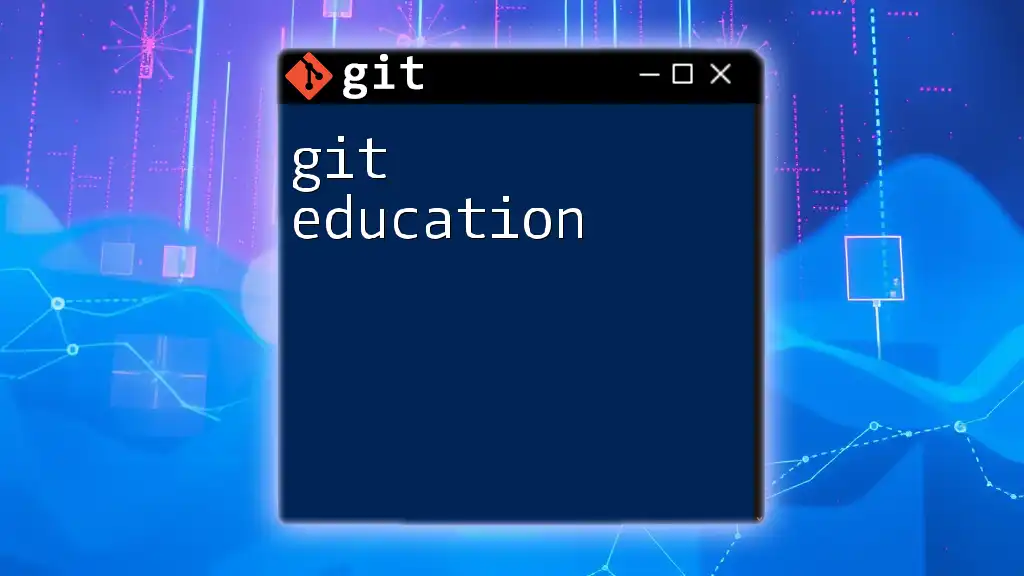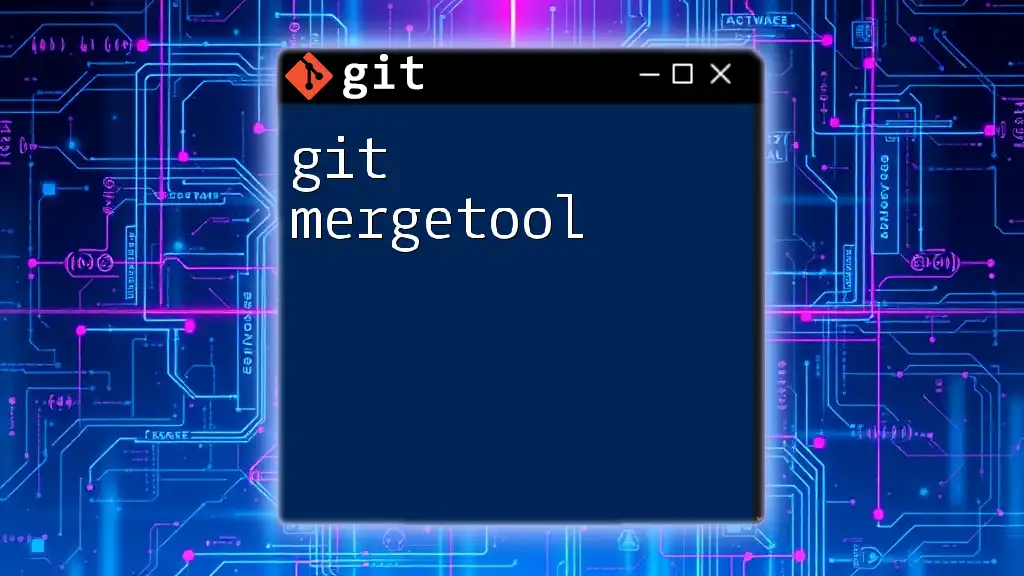The `git send-email` command allows you to send patches created with Git via email directly from the command line.
Here's a simple example using the command:
git send-email --to recipient@example.com [patch-file]
What is `git send-email`?
`git send-email` is a powerful command in Git that allows you to send patches via email. Unlike typical Git workflows, which often rely on platforms like GitHub or GitLab for code collaboration, `git send-email` is particularly useful in open-source projects or when working in environments where email is the primary communication tool.
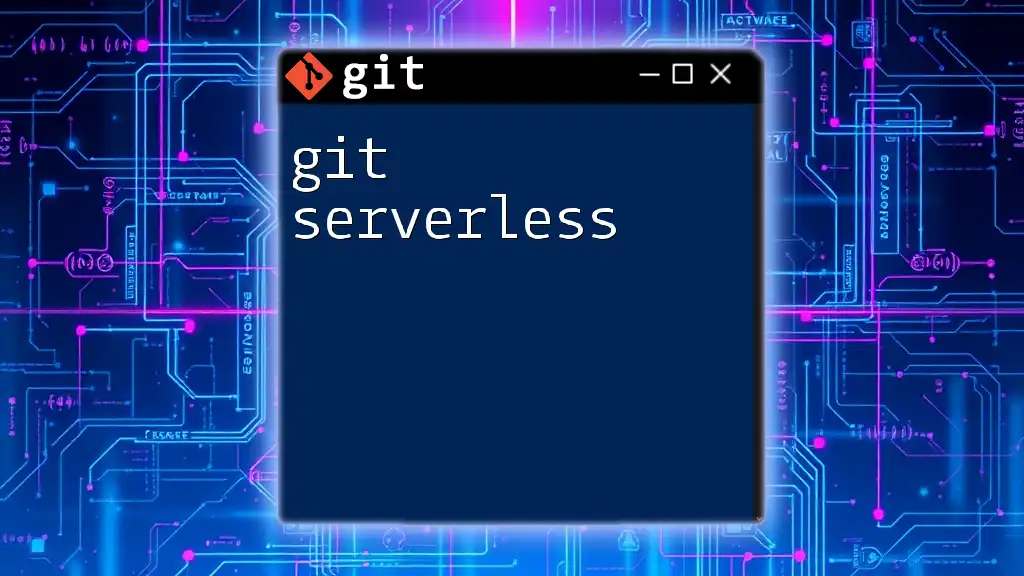
Why Use Email for Patches?
Using email for sending patches allows for a more traditional method of code review and collaboration, especially in communities that may not adopt modern version control platforms. This method can help have discussions surrounding specific changes directly in the email threads, retaining context and history, which is crucial for thorough reviews.
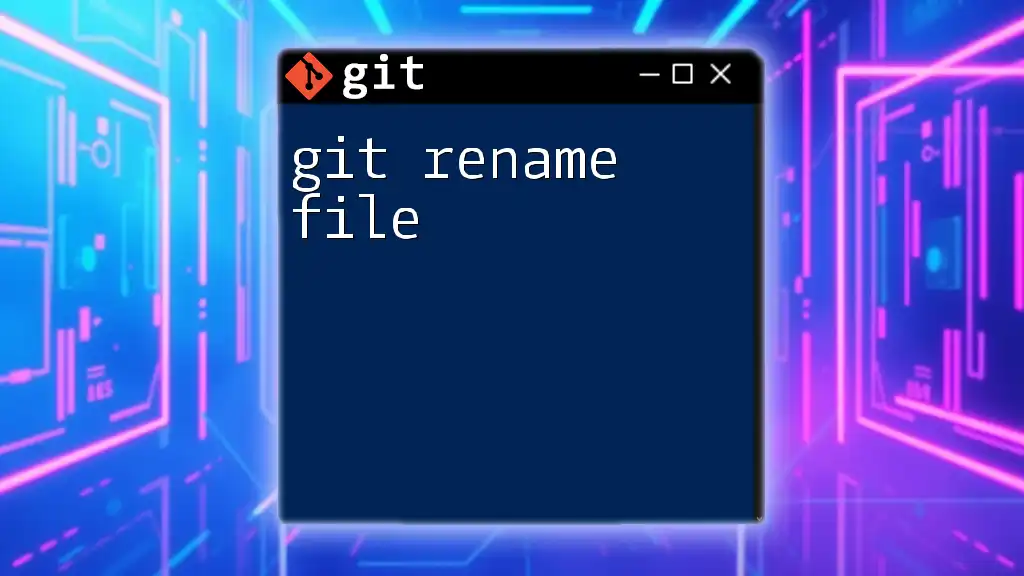
Setting Up `git send-email`
Requirements
Before diving into usage, make sure you have the necessary components set up. You’ll need Git itself, along with a Mail Transport Agent (MTA) such as `sendmail`, and sometimes libraries that help in script execution, like `Python`. Each of these tools plays a vital role in ensuring that your system can handle email communications smoothly.
Configuring Git for Email
To utilize `git send-email`, your Git configuration must include your email and name. This is crucial because when you send patches, having the correct credentials makes your submissions identifiable. Use the following commands to set these configurations:
git config --global user.email "your_email@example.com"
git config --global user.name "Your Name"
The `user.email` parameter ensures that the patches you send carry your email address, while the `user.name` identifies you as the author of the change.
Configuring a Mail Transport Agent
Choosing a Mail Transport Agent (MTA)
For sending emails, you can choose tools like `sendmail`, `Postfix`, or `Exim`. Each tool has distinct features and configurations:
- Sendmail: A classic choice that is widely supported and relatively straightforward to configure.
- Postfix: Known for its security and ease of setup.
- Exim: Highly configurable and powerful; ideal for advanced users.
Setting Up Your MTA
Once you've chosen an MTA, you will need to configure it to work with Git. Setting up a basic `sendmail` can be pretty simple; ensure it’s installed on your system. You can test your configuration with the following command:
echo "Test Email" | sendmail your_email@example.com
If this command sends an email to your address successfully, you’re ready to proceed!
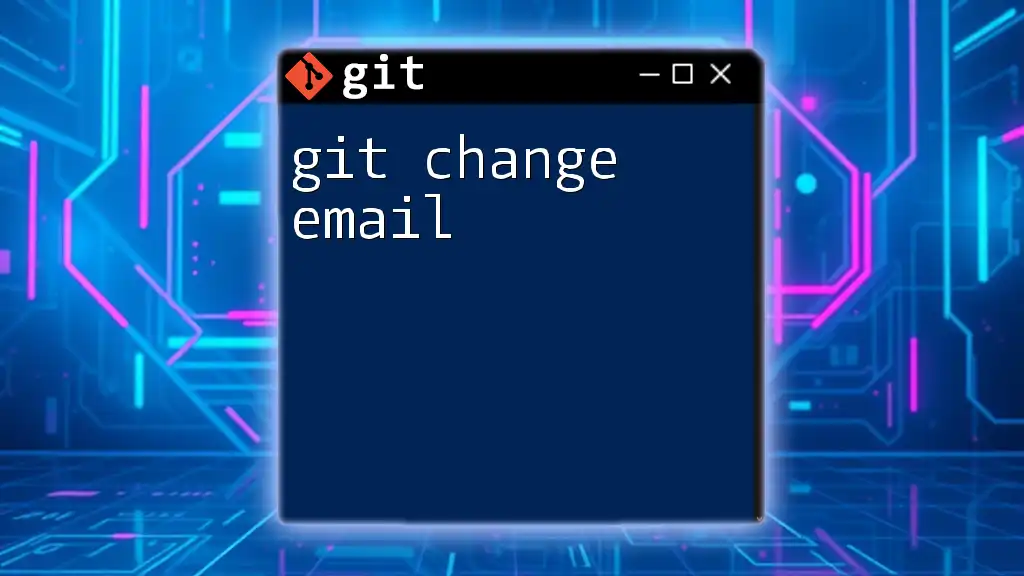
Using `git send-email`
Basic Usage
To send a patch via email, the syntax is straightforward:
git send-email --to recipient@example.com PATCH_NAME.patch
In this command, `--to` specifies the recipient, and `PATCH_NAME.patch` is the name of your patch file. This simple command lets you dispatch your adjustments directly to the designated address.
Advanced Features
Sending Multiple Patches
Sometimes, you may want to send several patches as a series. You can use the `--cover-letter` option to provide an overview of what the patches involve:
git send-email --to recipient@example.com --cover-letter --annotate
This command sends the patch series along with a cover letter, which acts as an informative guide to the reviewer, highlighting what your patches address and any specific areas to focus on.
Using Cover Letters
Cover letters are essential in patch submissions, functioning like a summary of the changes. They offer context and help reviewers understand the rationale behind your edits. When using the `--cover-letter` option, you can simply generate a template and fill in the relevant details.
Customizing Email Content
Editing Subject and Body
You can customize the email's subject and body, facilitating a tailored approach to your communications. The following command shows how to modify these fields:
git send-email --subject-prefix "PATCH v1" --body "Your body text here."
This command allows you to prefix your subject with “PATCH v1” to indicate versioning and supply a body that succinctly explains your changes.
Adding CC and BCC
If you’d like to keep others in the loop, `git send-email` allows you to add additional recipients as CC or BCC using:
git send-email --to recipient@example.com --cc cc_recipient@example.com
Adding CCs and BCCs is key in collaborative environments, enabling broader visibility for your work.
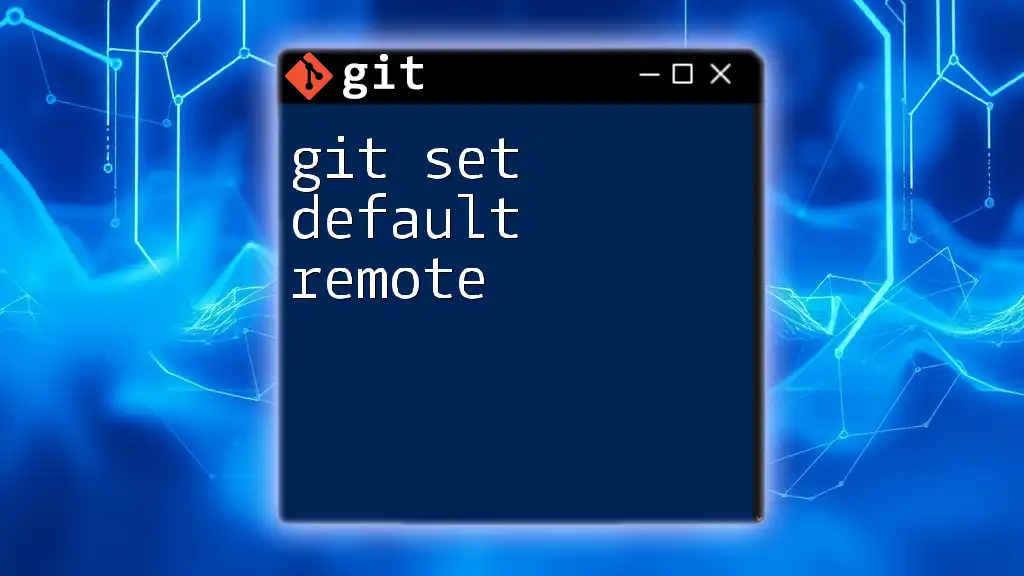
Handling Attachments and Patches
Creating Patches
To send patches, you first need to create them. The command to generate a patch file from your last commit is:
git format-patch -1
This command creates a .patch file, which contains a record of the changes made. This file can then be sent via email.
Attaching Files
If you have additional files you want to attach, use the `--attach` option. For example:
git send-email --attach attachment_file.txt
This allows you to include context or related documentation along with your changes.
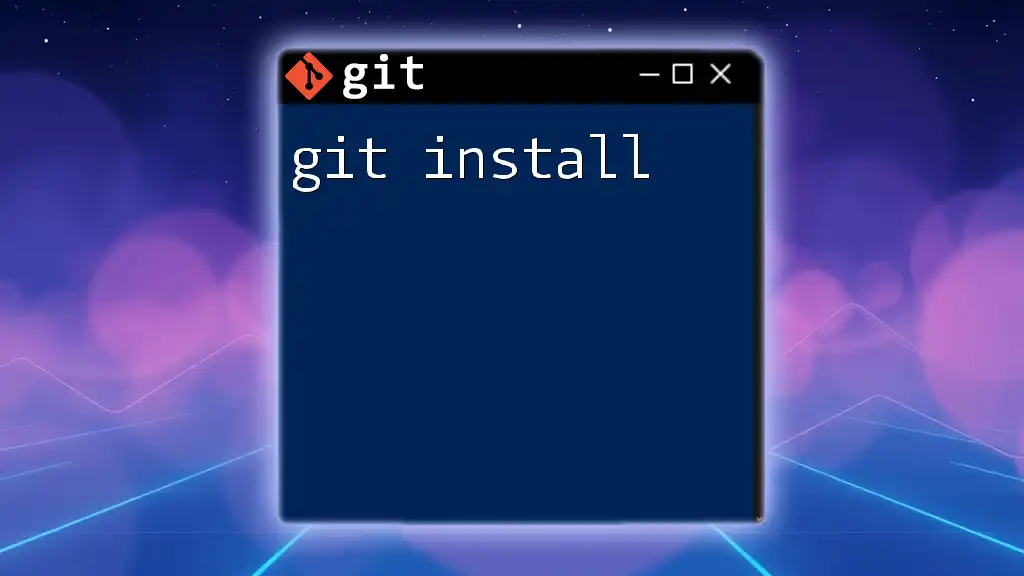
Troubleshooting Common Issues
Email Sending Failures
Sending emails can sometimes encounter issues. Common problems include incorrect configurations, network issues, or issues with the MTA configuration. Always check your Git settings and the status of your MTA if you encounter errors when sending emails.
Patching Issues
Generating patches can lead to issues like missing commits or improperly formatted changes. If you find that patches are not being created as expected, double-check your working directory and ensure you’ve staged the appropriate changes.
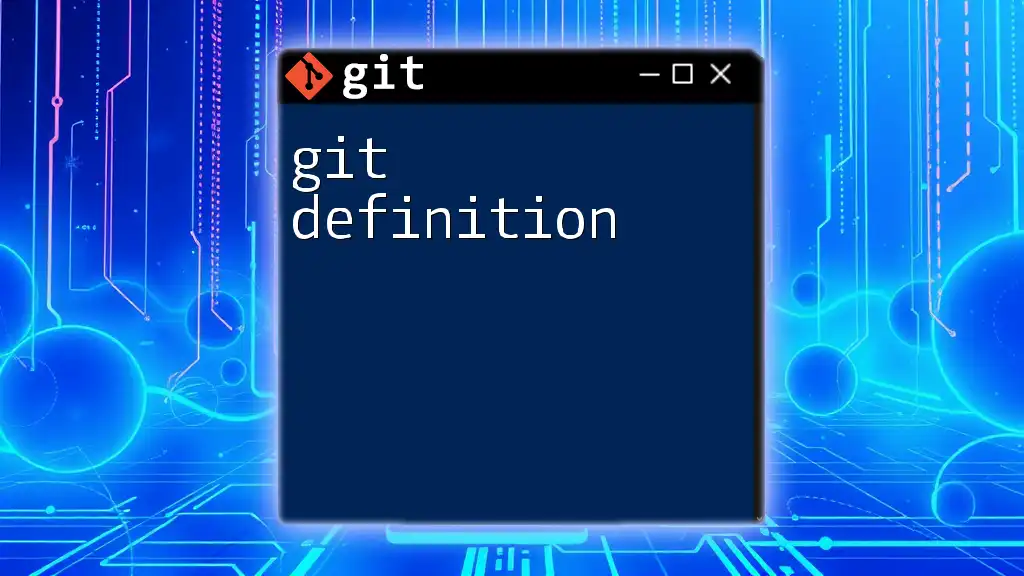
Best Practices for Using `git send-email`
Maintaining a Clean Patch History
When sending patches, strive for clarity and precision. Ensure that your changes are relevant to the current discussion or project needs. Avoid sending unnecessary patches, as they can clutter the review process.
Reviewing Before Sending
Before dispatching any email with patches, always review your work. Check the patches for any mistakes and ensure that your cover letter and email content are clear and concise.
Following Up
After sending your patches, it’s good practice to follow up with recipients to encourage feedback or discussions on your changes. Engaging in discourse can improve your submissions and foster better collaboration.
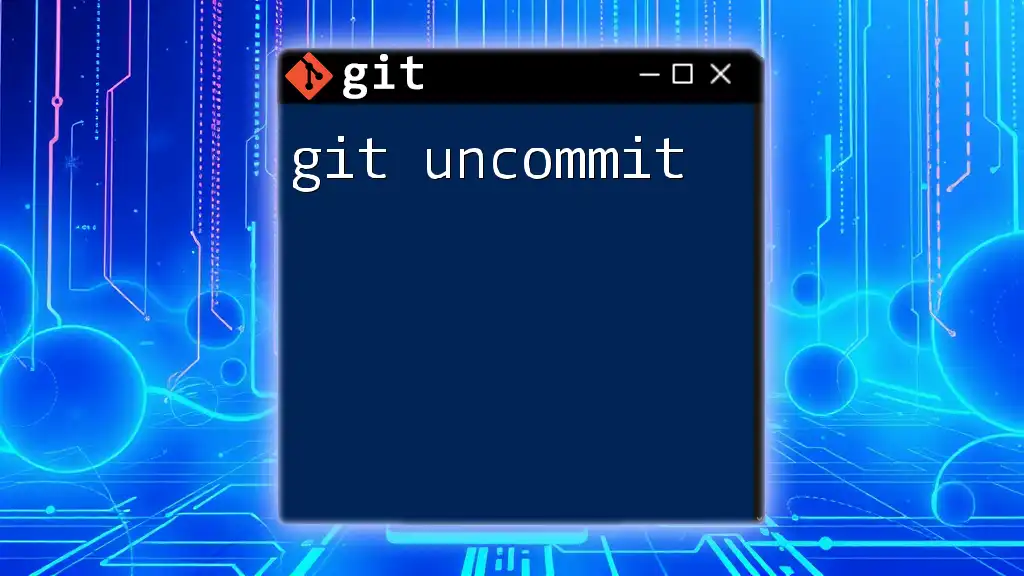
Conclusion
In this comprehensive guide to `git send-email`, you’ve learned about the importance of effective email communication in version control, how to set up your environment, and best practices for sending patches. By leveraging `git send-email`, you can participate in collaborative development efforts more efficiently, especially in communities where email is the primary communication method. Don’t hesitate to practice and refine your usage of this command to enhance your code collaboration skills further!

